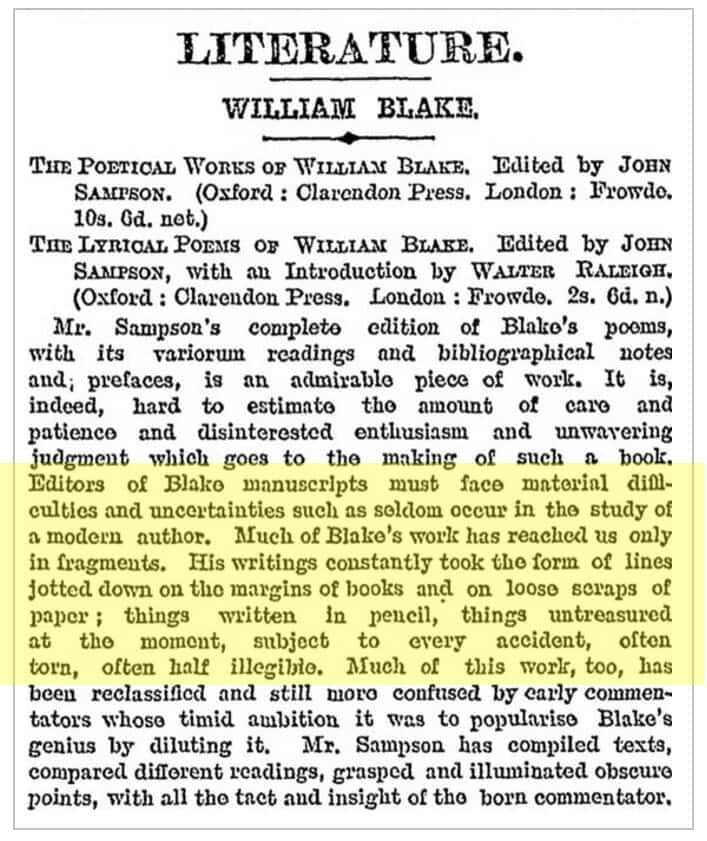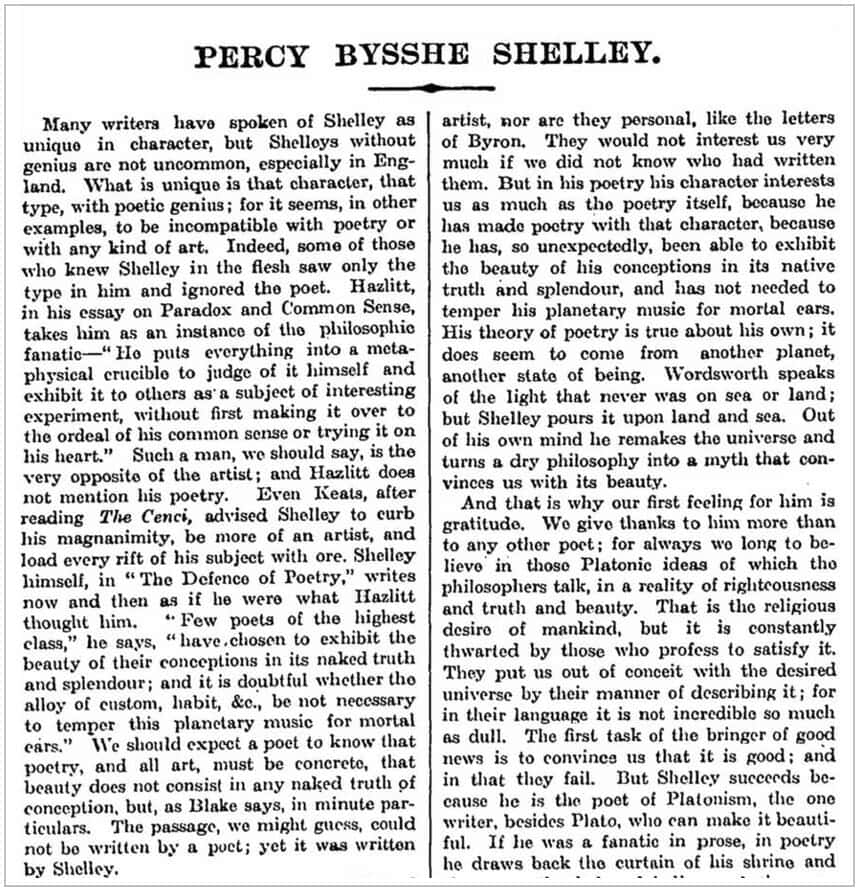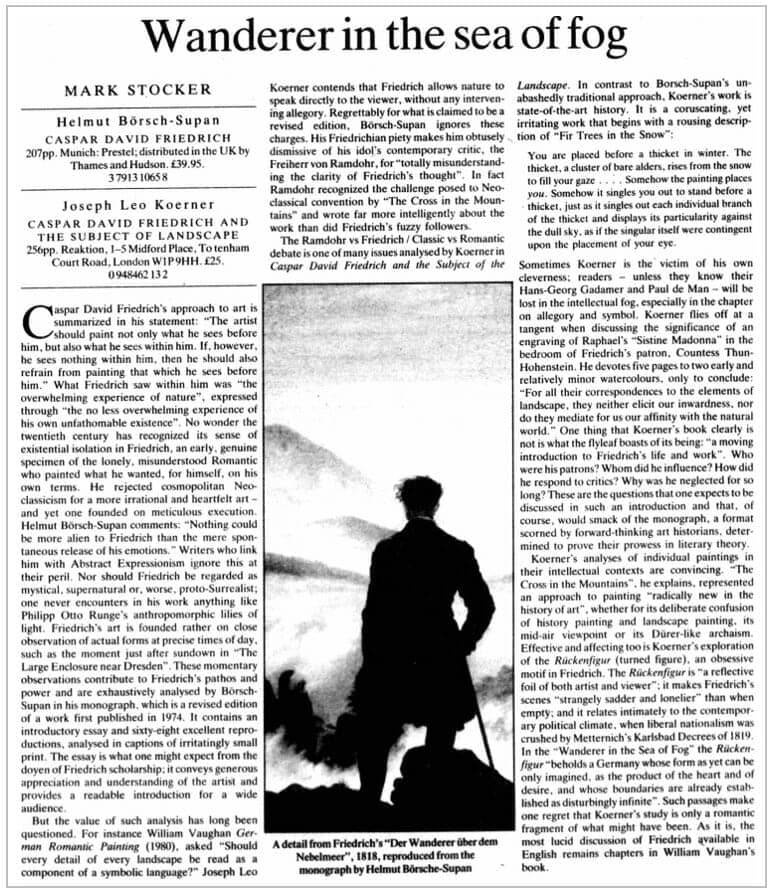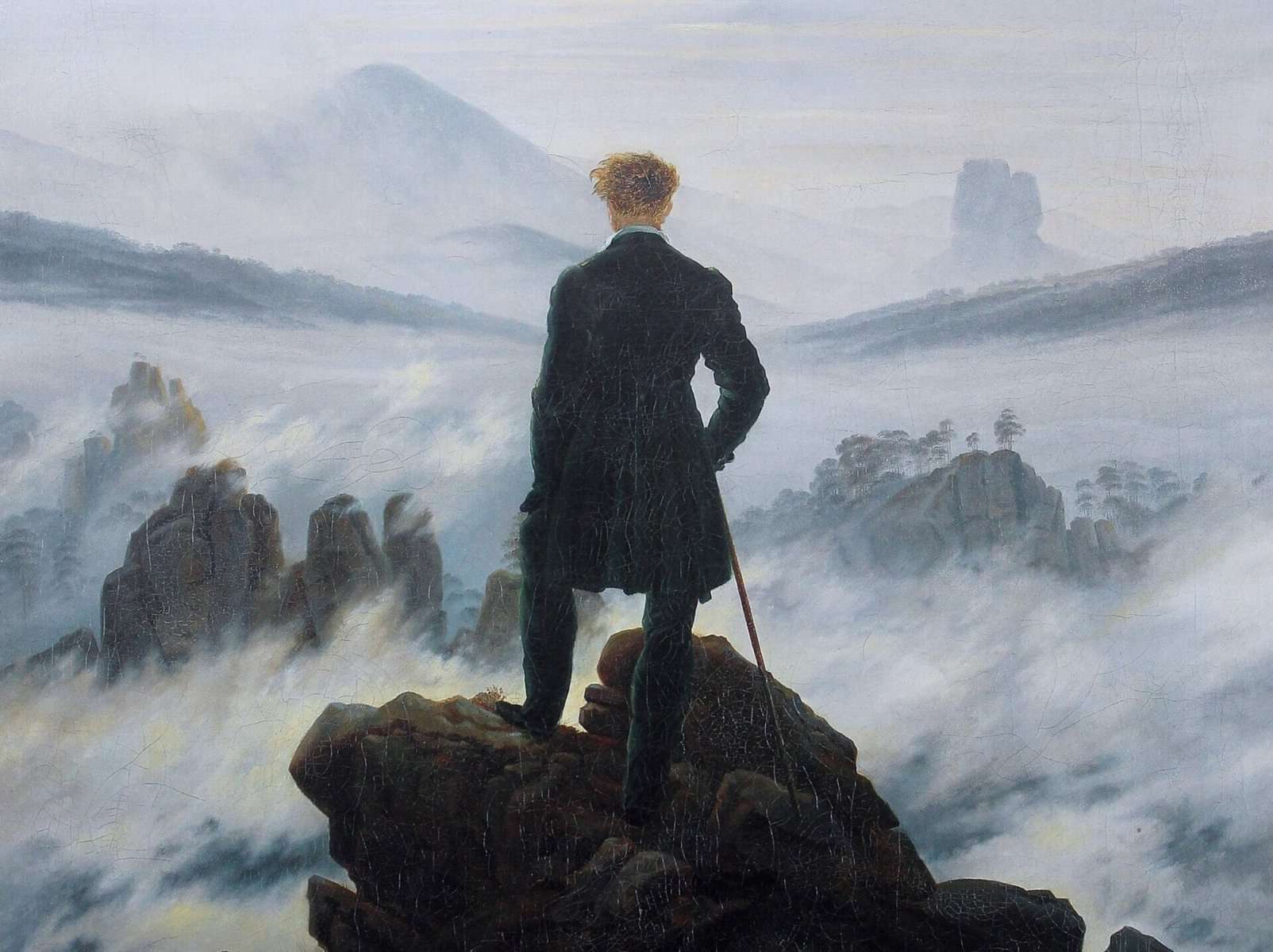|By India Marriott, Gale Ambassador at the University of Nottingham|
The Romantic period describes an artistic, literary, musical and intellectual movement that emerged throughout Europe at the close of the eighteenth century and moving into the nineteenth century. The Romantic period came as a response to the preceding ‘Age of Enlightenment’, moving away from rational individualism towards a more ‘romantic’ view of the world. Furthermore, many critics have pinpointed the Romantic period as a direct result of the ideals of the French Revolution that emerged at this time, allowing for further revolt against the aristocratic social and political norms of the Enlightenment era.
Romanticism places significance on imagination, emotion, freedom, and individualisation, in addition to suspicion of science and industrialisation post-Enlightenment. Furthermore, Romanticism places an importance on the power of nature and the natural world, which resulted in the creation of the concept of the Sublime, which I will explore further within this article.
Lastly, another concept that emerged from the Romantic period was discussions of morality and upbringing, and how human beings are born as a ‘clean slate’ that are moulded by their surroundings.
Overall, the period’s focus on the intensity of human emotion resulted in many Romantic thinkers looking back in the past to the ancient world. There are allusions throughout Romantic art to the classical world, with folk art and ancient custom being elevated to a noble status and a revival of medievalism in order to fight back against the urban sprawl and industrialisation that occurred throughout the Enlightenment period. Notable authors often associated with the Romantic period include William Blake, William Wordsworth, Samuel Taylor Coleridge, Percy Bysshe Shelley and John Keats, all of which produced some of the most famous pieces of literature in Europe.
William Blake
Blake was one of the very first to be considered a Romantic poet, and is considered by many to be one of the founders of the movement. Though he struggled to make a living from his work during his lifetime, the influence his work had on fellow Romantic writers as well as just in literary history was incredible. Like many of his fellow Romantics, Blake was a passionate believer in liberty and freedom, and like Shelley he created controversy through his views on Church and the state. His most famous work is a collection of poems entitled Songs of Innocence and Experience, which was published in 1789 and which explore the Romantic themes of the pastoral world of childhood in comparison to the corruption of the adult world.
Below, you can see a review of two edited works of Blake’s poetry, The Poetical Works of William Blake and The Lyrical Poems of William Blake, that I found within The Times Literary Supplement Historical Archive. It provides fascinating commentary on the ways Blake worked as an artist:
“Editors of Blake manuscripts must face material difficulties and uncertainties such as seldom occur in the study of a modern author. Much of Blake’s work has reached us only in fragments. His writings constantly took the form of lines jotted down on the margins of books and on loose scraps of paper; things written in pencil, things untreasured at the moment, subject to every accident, often torn, often half illegible.”

Percy Bysshe Shelley
Another key Romantic poet is Percy Bysshe Shelley, who lived day to day by the core principles of the Romantic era. From a young age Shelley was shown to be passionate about many causes, gaining the nicknames ‘Mad Shelley’ and ‘Shelley the atheist’ whilst at Eton College and was eventually expelled from Oxford for releasing a pamphlet with his friend Thomas Jefferson Hogg, entitled ‘Necessity of Atheism’.
A champion for atheism, individualism and free love, the radical Shelley was part of many intellectual circles, and he was personally connected to many of the most iconic authors of the Romantic period. It was through his connection to William Godwin that he met Godwin’s daughter, Mary, who he would later marry.
One of Shelley’s most well-known Romantic works is the poem Ozymandias, a sonnet written in 1818 about the decaying statue of Ramesses II exploring ideas of the power of nature and art alongside the deterioration of political power over time.
You can read all about the life of Shelley, and the power of his work, in the article below written by Arthur Clutton-Brock, as well as throughout The Times Literary Supplement Historical Archive.

The Sublime
One of the key concepts within the Romantic period was the idea of the Sublime. In his 1757 treatise A Philosophical Enquiry into the Origin of Our Ideas of the Sublime and Beautiful, Edmund Burke expressed the idea that certain experiences could ignite a feeling within someone that is a mixture of both fear and delight, shifting the emphasis towards experiences within nature. Burke described the Sublime as ‘the strongest passion’, and it became one of the key principles of the Romantic period.
A significant Romantic work that explores the Sublime is Frankenstein by Mary Shelley. Written in 1816 whilst visiting Lord Byron in Geneva, the sheer vastness of the landscapes throughout the novel enhance the daunting atmosphere being created. Exploring themes of transgression, scientific discovery and the power of nature, Frankenstein is a reaction to the period of industrialisation and scientific discovery of the Enlightenment.
In addition to its presentation of the power and beauty of the natural world through the Sublime, Shelley explores other Romantic ideals through the character of the monster, such as the horrors of scientific transgression and the concept of Tabula Rasa. Tabula Rasa is the idea that at birth, the human mind has no preconceived ideas or goals, it is in fact a ‘clean slate’. This concept is at the heart of a lot of Romantic literature, and is perfectly presented through the character of the monster within Frankenstein, who from the minute it awakens is an entirely clean slate, and many scenes explore the monster learning about the world around it.
Visual Art
The Sublime can also be seen in visual art produced at this time, one of the most famous being ‘Wanderer Above the Sea of Fog’ by German artist Casper David Friedrich. The painting portrays a man standing on a rocky cliff, looking out into the vastness of a great mountainous landscape (see the header image to this blog post). A quintessential piece of Romantic artwork, the piece fully encapsulates the idea of the Sublime, with the vastness of the landscape depicted inspiring emotions of awe, paired with the elements of fear when considering the amount of fog present and what it may be hiding.
The source below is a review by Mark Stocker that was published in The Times Literary Supplement in 1991 of two books about Friedrich’s work – Caspar David Friedrich by Helmut Börsh-Supan and Caspar David Friedrich and the Subject of Landscape by Joseph Leo Koerner.
Stocker choses to include this poignant quote from Friedrich:
“The artist should paint not what he sees before him, but also what he sees within him”

Explore Evolving Criticism of a Literary Period in the TLS
Overall, the Romantic period of literature emerged as a reaction to industrialisation and the Enlightenment, alongside the impact of the French Revolution, and involved a wealth of great minds producing some of the most well-known literature to date. From Mary Shelley’s Frankenstein to the poetry of Keats, the Romantic period inspired masses of incredible literature, much of which can be explored in depth in The Times Literary Supplement Historical Archive, including many examples of the evolving criticism that has been written over the years.
If you enjoyed reading this post exploring the Romantic Period using The Times Literary Supplement Historical Archive, you may like:
- Tracing the Legacy of William Blake with British Literary Manuscripts Online
- From Archive to Master’s Thesis – Linguistic Analysis of Nineteenth-Century Theatre Reviews in The Times
- Misanthrope or Friend of Man? Revising the Byronic Hero with Gale Primary Sources
- What is a monster? Tracking the evolution and reception of monstrosity in literature from the nineteenth century to modern day
- ‘Who knows to suffer, Conquer, and to Save’ – Scottish Romanticism and the Jacobites
- The creation of a ‘personage’: individuality and university life in F. Scott Fitzgerald’s This Side of Paradise
- From Grimm to Gothic and Everything In Between: The Evolution of the Horror Genre
- Exploring Receptions of Classical Literature with The Times Digital Archive and Gale Digital Scholar Lab
Blog post cover image citation: Wanderer above the Sea of Fog (1817). Oil on canvas, 98 x 74 cm (38.5 x 29.1 in). Hamburger Kunsthalle, via Wikimedia: https://commons.wikimedia.org/wiki/File:Caspar_David_Friedrich_-_Wanderer_above_the_sea_of_fog.jpg

